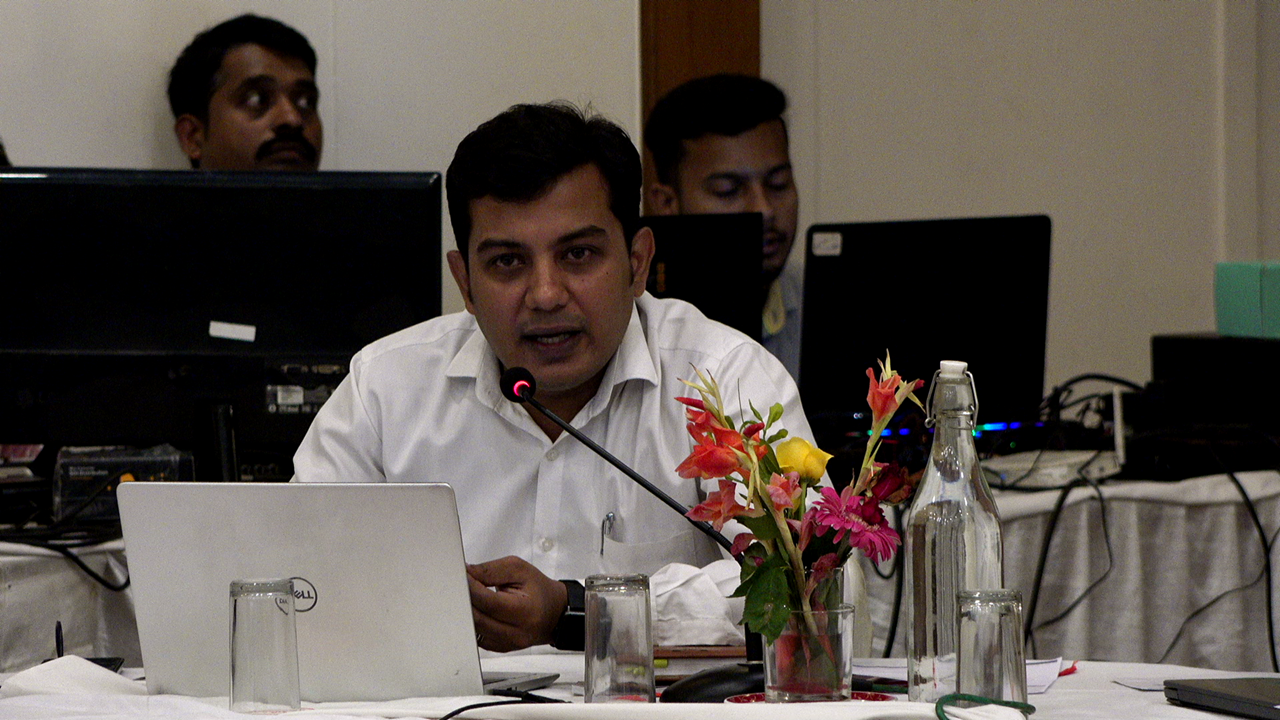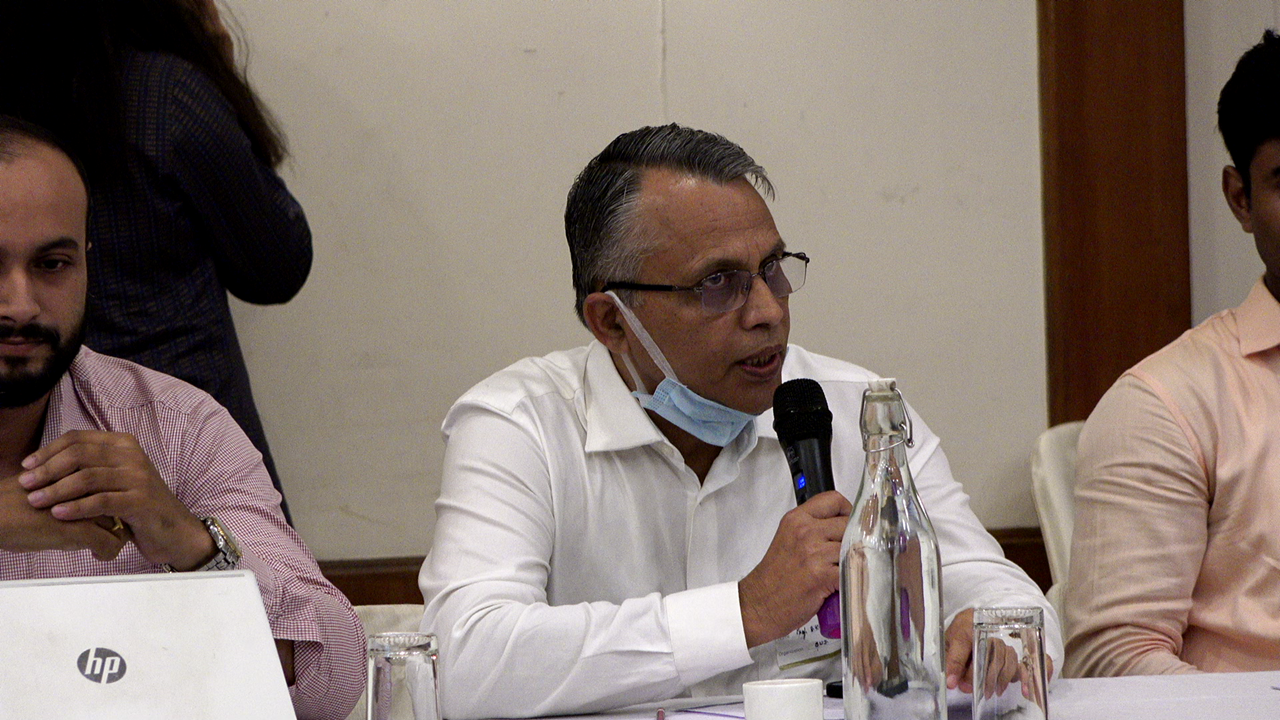Unlocking DMF funds for supporting DRE in Jharkhand

The International Forum for Environment, Sustainability and Technology (iFOREST) released its latest report to support major mining districts of Jharkhand in planning the integration of distributed renewable energy (DRE) into the existing social infrastructure and livelihood sectors to enhance the quality of services, productivity, and scalability of operations. The study highlights that District Mineral Foundation (DMF) funds can be used to support this. The report on unlocking District Mineral Foundation (DMF) funds for DRE investments in rural Jharkhand to enhance socio-economic opportunities on 22nd September in Ranchi, Jharkhand.
The report was released in Ranchi in the physical presence of Shri Bishnu C Parida, Chief Operating Officer, Jharkhand State Livelihood Promotion Society and the virtual presence of Ms. Nancy Sahay (IAS), Deputy Collector, Hazaribagh, Government of Jharkhand. The discussion meeting was attended by a multi-stakeholder group including Jharkhand Renewable Energy Development Agency (JREDA), DMF representatives, civil society, solar power developers, DRE investors, academics and other experts.
iFOREST based its recommendation on an indicative energy needs assessment study focused on five mining districts of Jharkhand – Chatra, Dhanbad, Hazaribagh, Ramgarh, and West Singhbhum. These districts collectively account for nearly three-fourths of Jharkhand’s total DMF accruals and have widespread multidimensional poverty.
iFOREST report suggests that DMFs should plan and rollout a comprehensive Clean Energy for Social Infrastructure and Livelihood (CESIL) programme which targets to set up 100 solar villages, solarize all health, nutrition, and educations centers, deploy 1,000 off-grid solar water pumps as well as create 150 solar entrepreneurs per district by providing capacity building and seed funding support. The programme in its entirety would lead to substantial solar capacity addition in each district, ranging from 12 MW to 18 MW of solar capacity. The investment requirements would range from Rs 94 crores to Rs 132 crores, which is only a small component of the DMF accruals in each of the major mining districts.
Key findings of indicative energy need assessment study:
- In the case of social infrastructure, nearly 36 percent of the randomly surveyed Anganwadi centers, 23 percent of health centres and 20 percent of schools are lacking grid-connection or active connection, at the time of visit. The mean daily power supply in rural areas was reported to range from 6-18 hours. The majority of the centers reported facing regular operational challenges due to the power supply scenario. Electrification and supply gaps were seen to be higher in Chatra, Dhanbad, and West Singhbhum, which have the highest share of DMF funds.
- In Agriculture, nearly 80 percent of land is still rainfed and the reach of the agriculture feeder remains weak. Nearly 60 percent of the electric pump using surveyed farmers reported to be dependent on single-phase village feeder line which suffers from major supply irregularities and voltage issues. More than half the surveyed farmers were dependent on diesel and were majorly concerned about the rising fuel cost.
- In the case of agri-based microenterprises, 91 percent of the surveyed businesses had grid connection, while only 40 percent were dependent on grid supply for operations. These were largely micro-scale poultry and dairy units with minimal power dependence. However, nearly all grinding, hulling, processing and fishery-related businesses were using diesel-run motors and were concerned about rising fuel costs.
iFOREST report suggests that integrating energy in the district’s socio-economic infrastructure should be prioritized under DMF spending, because of the persistent electrification gaps and due to the fundamental role of electricity in catalyzing change. DMF, being a locally grounded body, can help create an effective ecosystem that ensures the sustainability of DRE investments in the remotest of locations.












